7 Ways AI Can Streamline Expense Management
Nanonets
MARCH 4, 2024
Artificial Intelligence (AI) today has become a transformative power in the realm of expense management. AI technologies offer promising solutions to these age-old problems, automating mundane tasks, enhancing accuracy, and streamlining processes. Leveraging Generative AI 6.


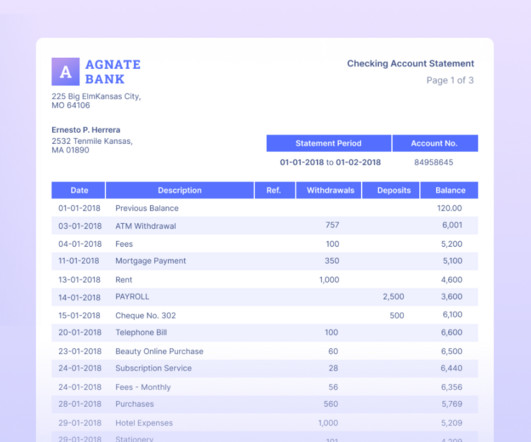




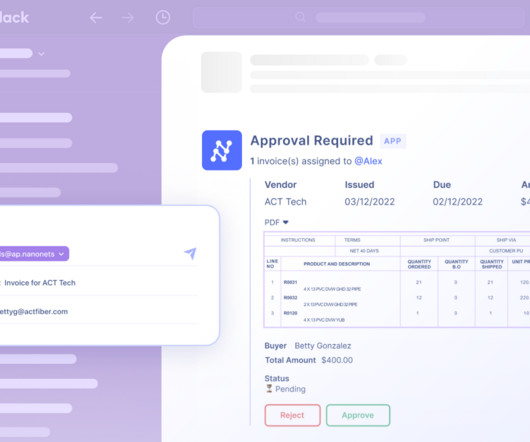



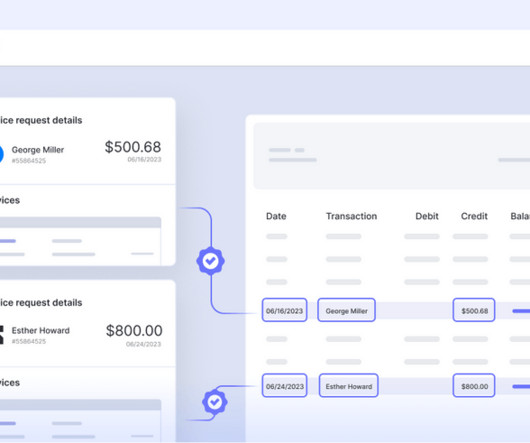
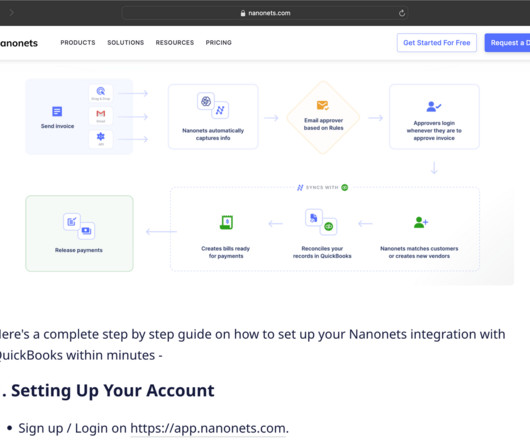

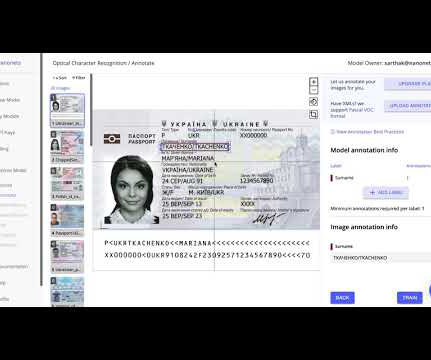







Let's personalize your content